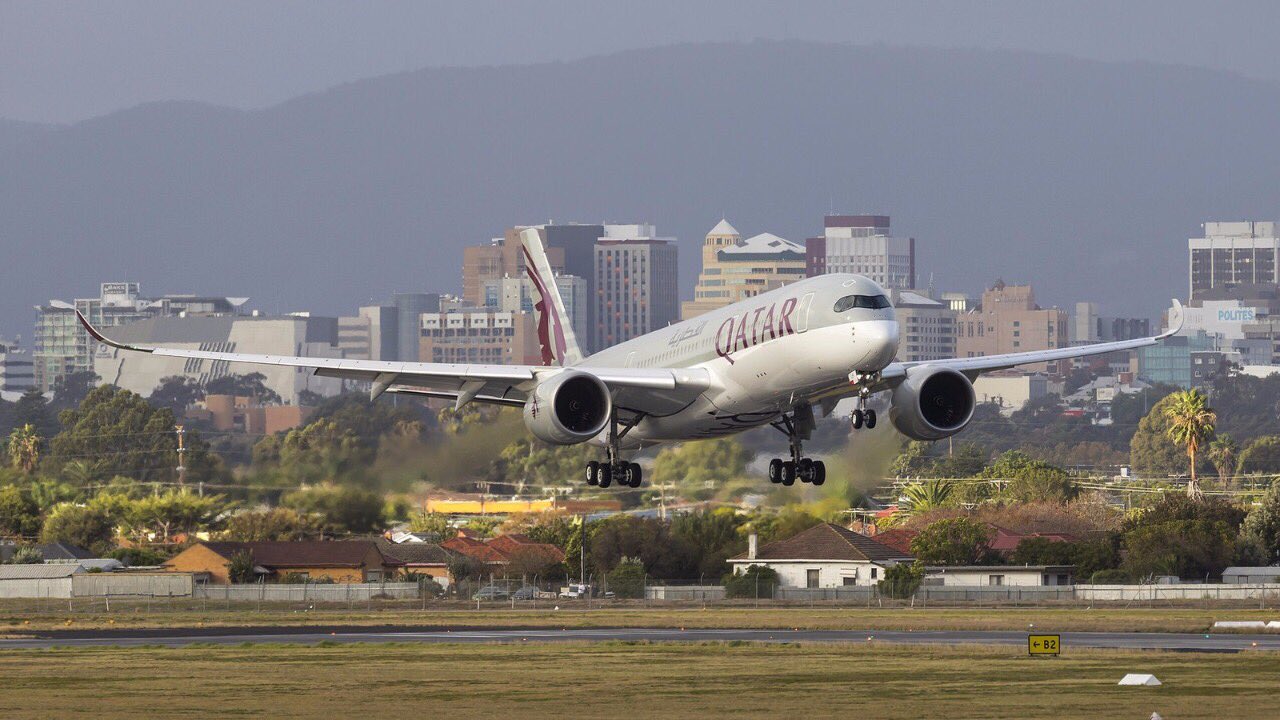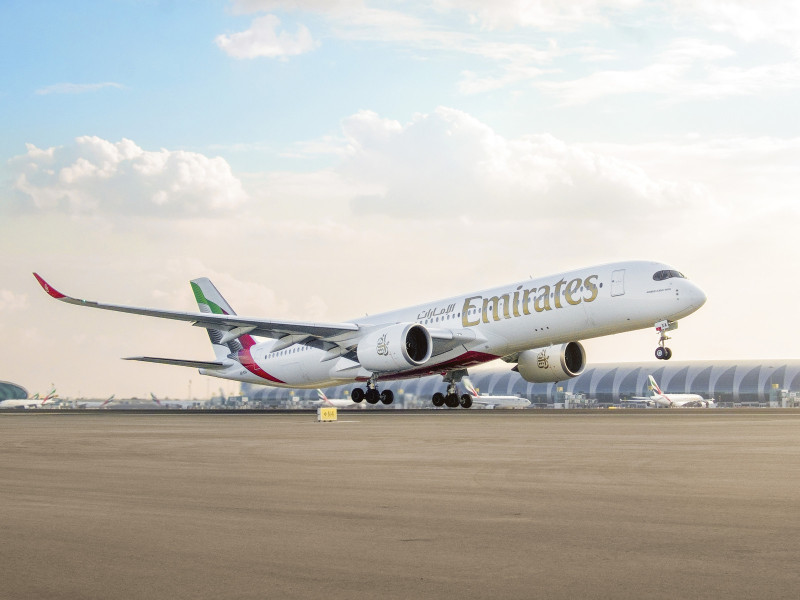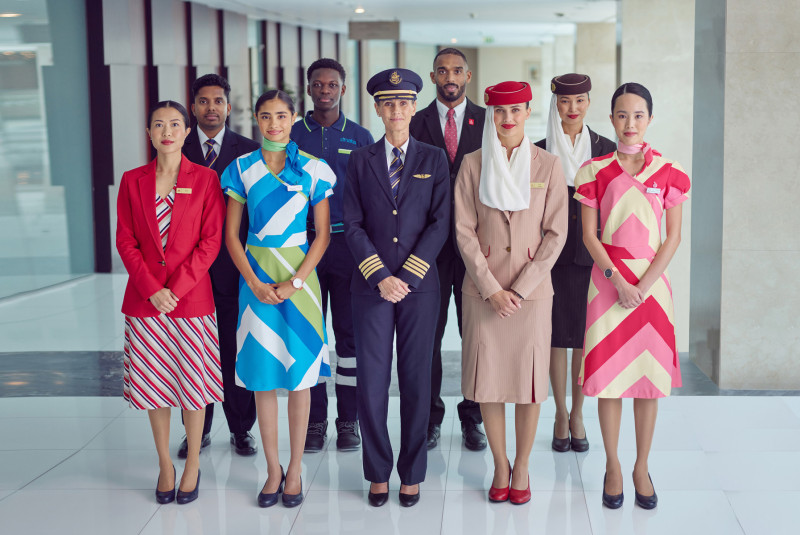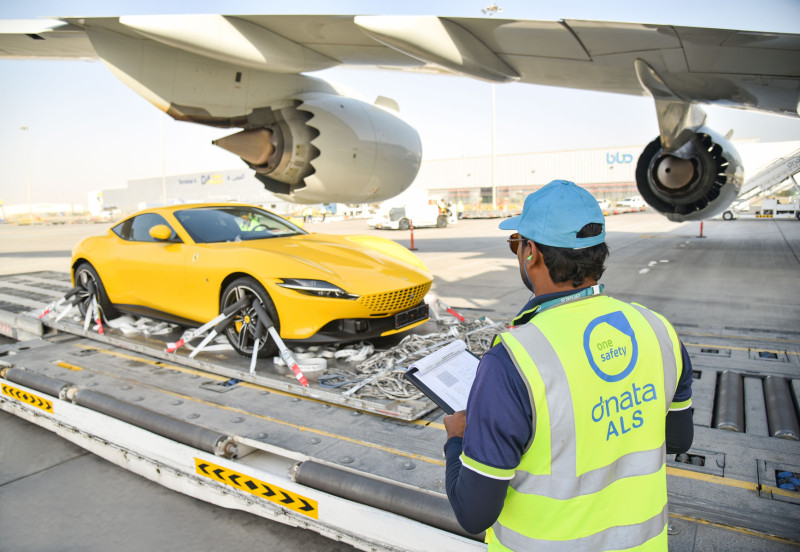.jpg)
The COVID-19 pandemic severely disrupted global aviation, forcing airlines to make significant operational and fleet adjustments.Singapore Airlines (SIA), based in Changi, seized this moment to streamline its aircraft lineup, including a notable reduction in its Airbus A380 fleet, to better navigate the challenging years ahead.
The Airbus A380 and Singapore Airlines’ Early Commitment
As the world’s largest passenger aircraft, the Airbus A380 has been a key asset for airlines like Emirates and Singapore Airlines.SIA was a pioneer, becoming the first operator to introduce the A380 in 2007, leveraging its high capacity to connect major global hubs efficiently under the traditional hub-and-spoke model.Over time, SIA became the second-largest A380 operator, integrating the aircraft deeply into its network.
Pandemic Impact and Fleet Retraction
The onset of the COVID-19 pandemic in early 2020 led to unprecedented travel restrictions and plummeting demand. Airlines worldwide, including Singapore Airlines, faced the urgent need to cut costs and reduce capacity. SIA grounded 138 planes—96% of its fleet—and cut capacity drastically to preserve liquidity.
In November 2020, Singapore Airlines announced the retirement of 26 aircraft deemed surplus, including seven Airbus A380s, marking a significant downsizing of its superjumbo fleet from 19 to 12 units.This decision followed a comprehensive business review aimed at aligning the fleet with the expected post-pandemic market realities.
Reasons Behind the A380 Reduction
The reduction was driven by a strategic shift toward newer, more efficient aircraft and the need to optimize operations amid uncertain demand recovery timelines.
While SIA did not eliminate the A380 entirely, it opted to operate fewer of these large jets, focusing on key long-haul routes such as London and Sydney where high capacity remains essential.
Despite the cuts, Singapore Airlines continues to invest in upgrading its remaining A380s. The airline has been retrofitting these aircraft with the latest cabin products, signaling confidence in the A380’s role in its future fleet, albeit at a reduced scale.
Current Status and Outlook
As of 2025, all 12 remaining Airbus A380s are back in service, responding to a surge in travel demand. However, this fleet is smaller than pre-pandemic levels, and capacity increases are gradual, reflecting a cautious approach to fleet utilization and completion of retrofitting programs.
Singapore Airlines maintains its hub-and-spoke model, relying on high-capacity aircraft like the A380 to serve major international markets.
Nevertheless, the future of the A380 within the airline’s fleet will likely involve a balance between operational efficiency and market demand, with a focus on next-generation aircraft complementing the superjumbo’s capabilities.
This strategic fleet adjustment illustrates how Singapore Airlines has adapted to the pandemic’s challenges by prioritizing business sustainability and preparing for a phased recovery in global air travel.






















-302cd4-large-1748788146 (2).jpg)

.jpg)
















.jpg)




.jpg)
.jpg)





.jpg)


.jpg)








